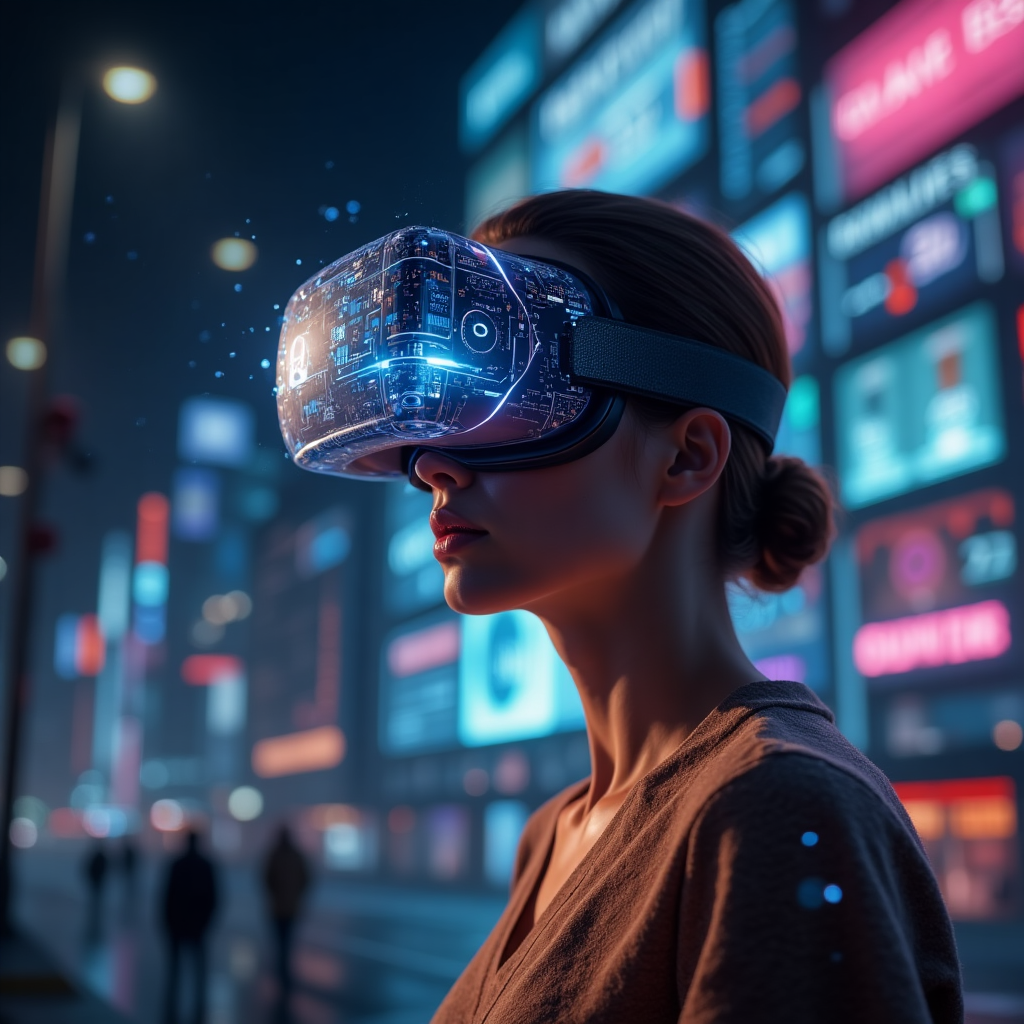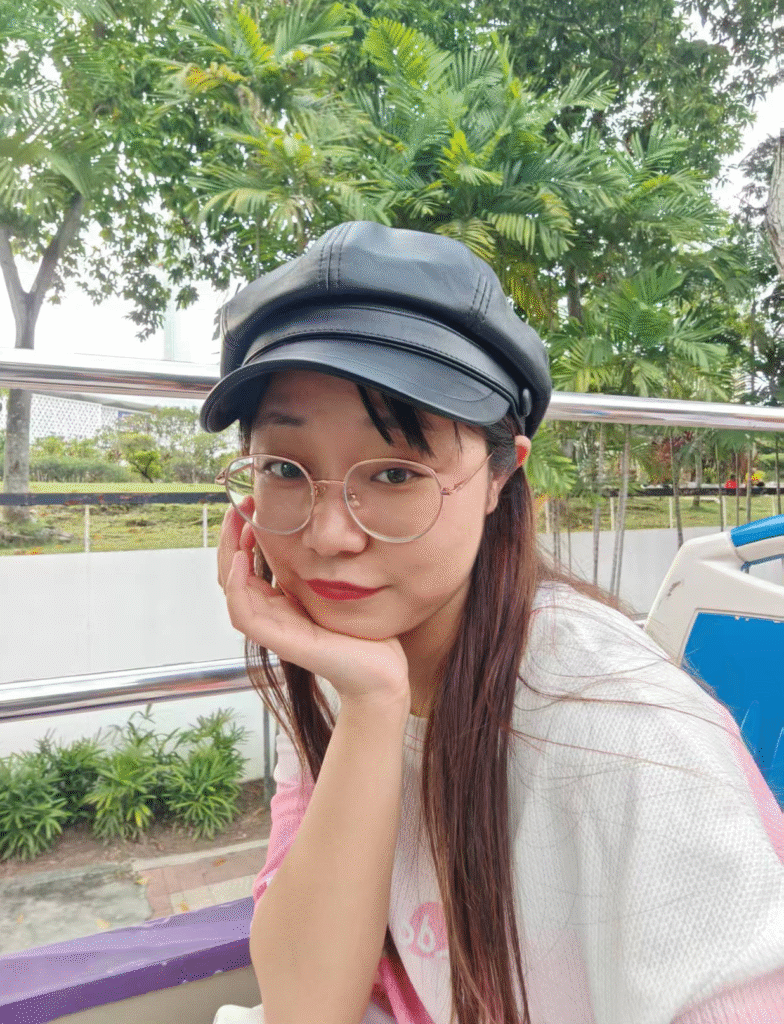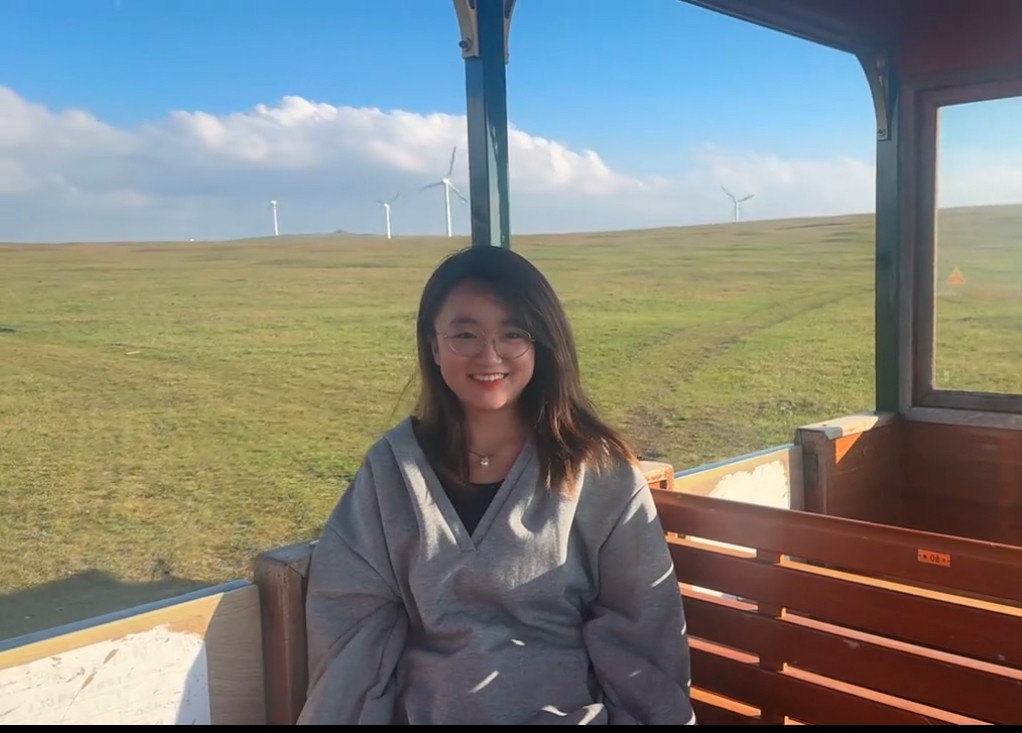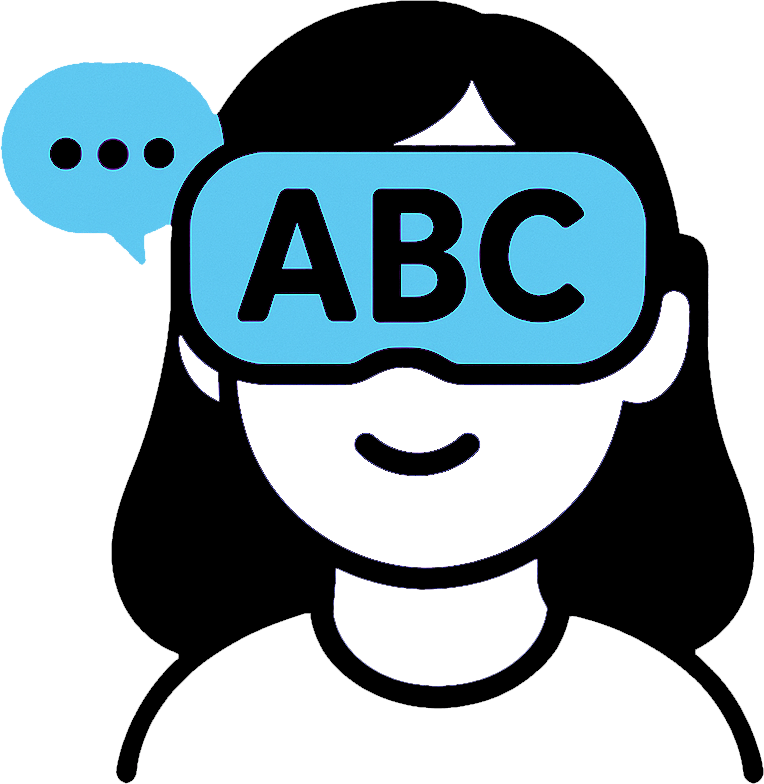Motivation

In an era where English has become the undisputed global lingua franca, many learners remain trapped in outdated study methods—rote memorization of vocabulary and endless test preparation—despite remarkable technological advancements. This website aims to introduce how Virtual Reality, one of the most groundbreaking technologies of our time, is revolutionizing English language learning.
Since its inception, VR has captured global attention, with many predicting it would fundamentally transform various aspects of human life. But how exactly can it enhance English acquisition? What are the latest innovations, practical tools, and proven benefits? What challenges might learners encounter?
Join us as we examine how this transformative technology is reshaping English education—moving beyond traditional classroom constraints into an era of experiential, engaging, and effective
ABOUT US
Self-Introduction
WANG YUYU (23103851):
I thought that web design shared some: common features with photoshop and video editing tools, which i am not good at anddo not have patience to learn them. However, as a passionate girl who enjoys challenges,l chose to step out of mycomfort zone andembrace this opportunity for skill development. Duringour team collaboration,my primary responsibilities included: Designed the structural framework, including header/footer layouts for the homepage and subpages; Integrated text/media materials into functional webpage layouts; Discussed with group members to create logo; Developed a user comment system to facilitate community-driven discussions.


DING WENLI (23103049)
In our project, I was responsible for the reflection page and comments page. I also ensured that the website content followed a consistent format and assisted in sourcing images and researching major trends related to VR in language learning.
My motivation for participating in this project comes from my past experience teaching ESL learners. I found that traditional speaking activities, such as fill-in-the-blank exercises and rote memorization, often failed to keep learners engaged over time, leading to cognitive fatigue and reduced participation. In contrast, when I introduced a basic VR conversation simulation in class, students showed noticeably higher motivation, greater participation, and increased confidence in speaking.
This observation aligns with recent studies suggesting that immersive technologies can enhance learner autonomy, provide more contextualized practice, and boost engagement. It strengthened my belief in the educational potential of VR for improving language skills and inspired me to further explore its application in language teaching, especially in helping students improve their performance in real-life communication contexts.
HUANG CHEN (23100952)
In our group, I am mainly responsible for gathering group opinions and searching for related references. I also assisted my teammates with the layout design of the “Group View” page. I’m detail-oriented and good at organizing information, which helps me work efficiently in a team.
During our discussions about the website content, I shared an insight from a conversation I had with an English teacher at my school. We talked about VR as a tool for language learning, and the teacher pointed out that while VR offers an immersive experience, it lacks the spontaneity and social nuances of real-life communication. This made me realize that although VR has many advantages, we shouldn’t ignore its limitations. It was an important perspective that helped us create a more balanced approach in our research, considering both the strengths and challenges of VR in language learning.


YANG FENGLING (23094765)
I am responsible for the introduction section,the contents and the page “about us”, as well as assisting members in need and providing videos.
As an adult ESL, I am often afraid to speak up in real life for fear of making a mistake. But at the same time, I look forward to interacting with foreigners and enjoying the cultures of different countries. The promotion of VR technology allows me to have immersive conversations. And VR provides a low-stakes environment that encourages risk-taking and practice. After practicing for a long time, I believe that VR can help ESL learners to improve their self-confidence, so I hope that the launch of our website will make more people aware of this innovative way and willing to try VR technology to practice speaking.
PENG XUAN (23099868)
For this task, I was responsible for creating a one-page explanation of a major trend and a key concept, along with various examples. I gathered information from multiple sources—including academic articles, online searches, and videos—and kept refining the page layout to make it more user-friendly. I also built the webpage myself and spent time learning how to make it visually appealing and easy to navigate. Besides that, I helped design and improve other pages on the site as well.
I chose to focus on virtual reality. As I dug deeper, I found way more resources than I expected—research papers, case studies, and lots of engaging online content. One of the most eye-opening (and honestly quite disheartening) things I discovered was the huge gap between how advanced the technology is and how rarely it’s actually used in real classrooms. Things like cost, lack of access, or teacher training often get in the way.
This whole process really deepened my understanding of how new technologies can be used in language education, and it made me even more interested in keeping up with the latest trends. I hope what I’ve learned will be useful in my future teaching. The website still isn’t perfect, but working on it has been a fun and meaningful experience. It helped me grow both academically and digitally.

